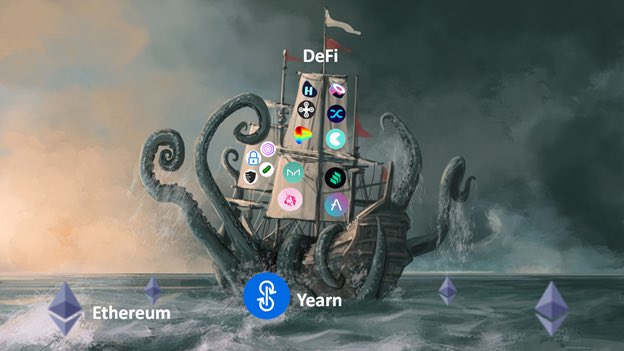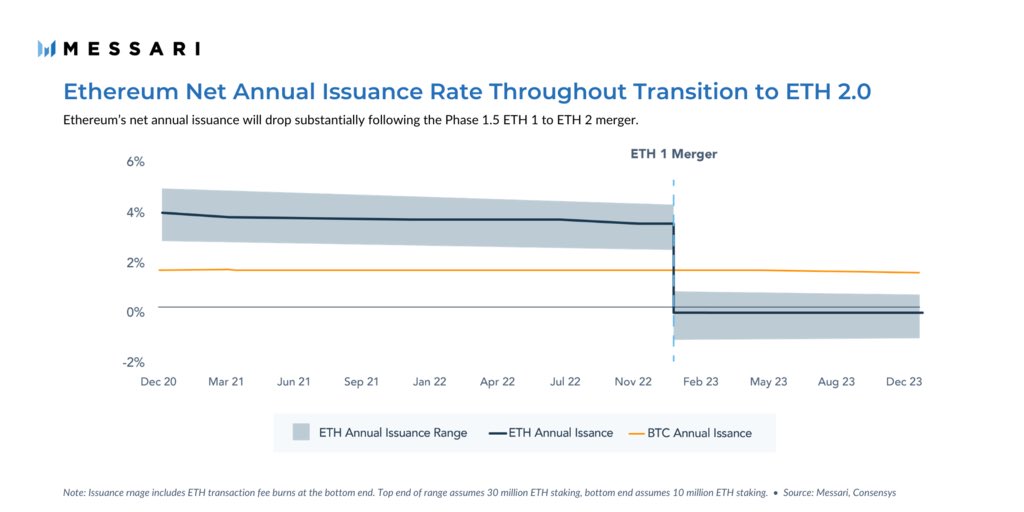
There’s a growing dichotomy between tokens championed by venture funds vs tokens championed by hedge funds.
VC tokens:
- larger insider allocations
- more core team driven
- methodical iteration
HF tokens:
- little to no VC backing
- more community driven
- rapid iteration
VC tokens:
- larger insider allocations
- more core team driven
- methodical iteration
HF tokens:
- little to no VC backing
- more community driven
- rapid iteration
I don’t think one class is necessarily better than the other.
But one of the most important features of DeFi is the democratization of financial opportunities.
But one of the most important features of DeFi is the democratization of financial opportunities.
And the clearest benefit of projects HFs like right now (YFI, SUSHI, AAVE, SNX, etc) is that their communities got in on the ground floor and feel empowered.
When tokens are only available to the public after 10x - 100x it’s just not that same.
When tokens are only available to the public after 10x - 100x it’s just not that same.
VC backed tokens can still build engaged communities (like Uniswap), but it’s just slightly more challenging.
Btw I think this an ironic outcome considering VCs are by far the more thoughtful, long-term oriented, and helpful of the two types of funds.
Like I said they have their trade-offs.
Like I said they have their trade-offs.
• • •
Missing some Tweet in this thread? You can try to
force a refresh







